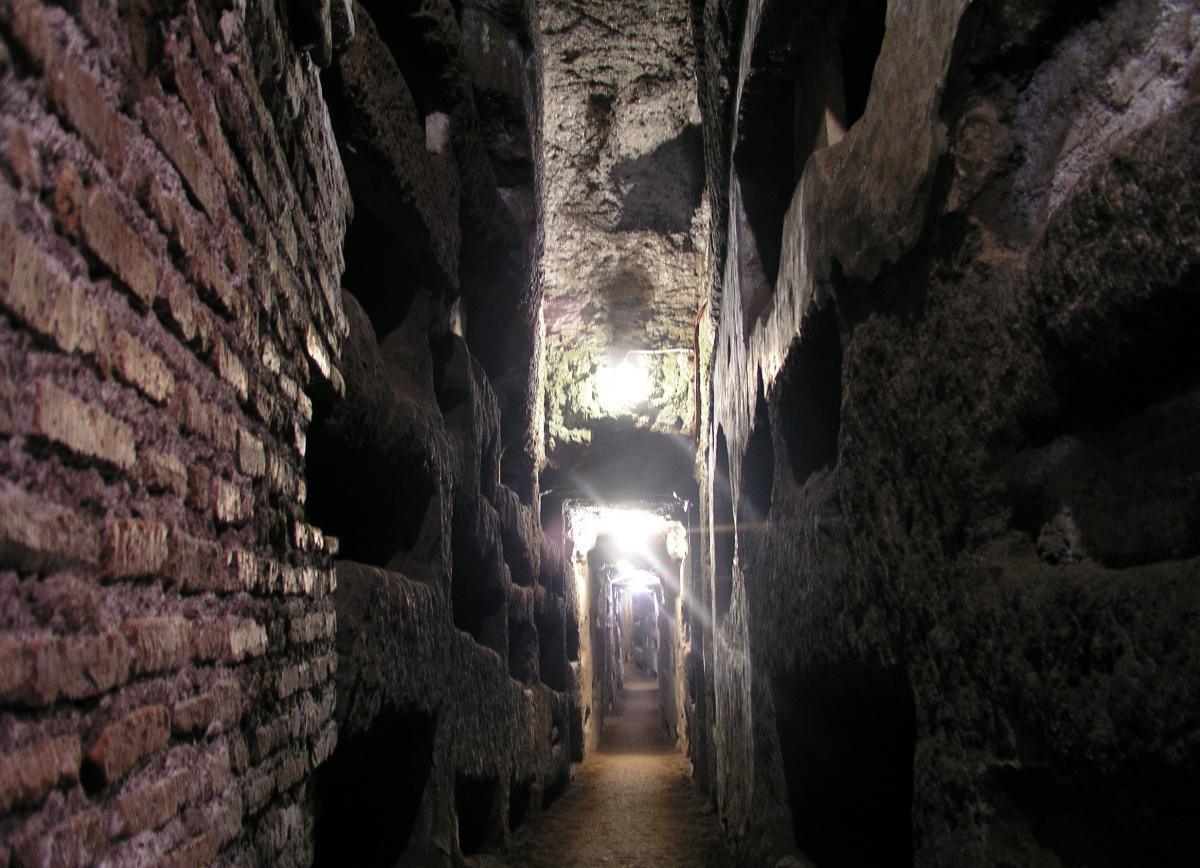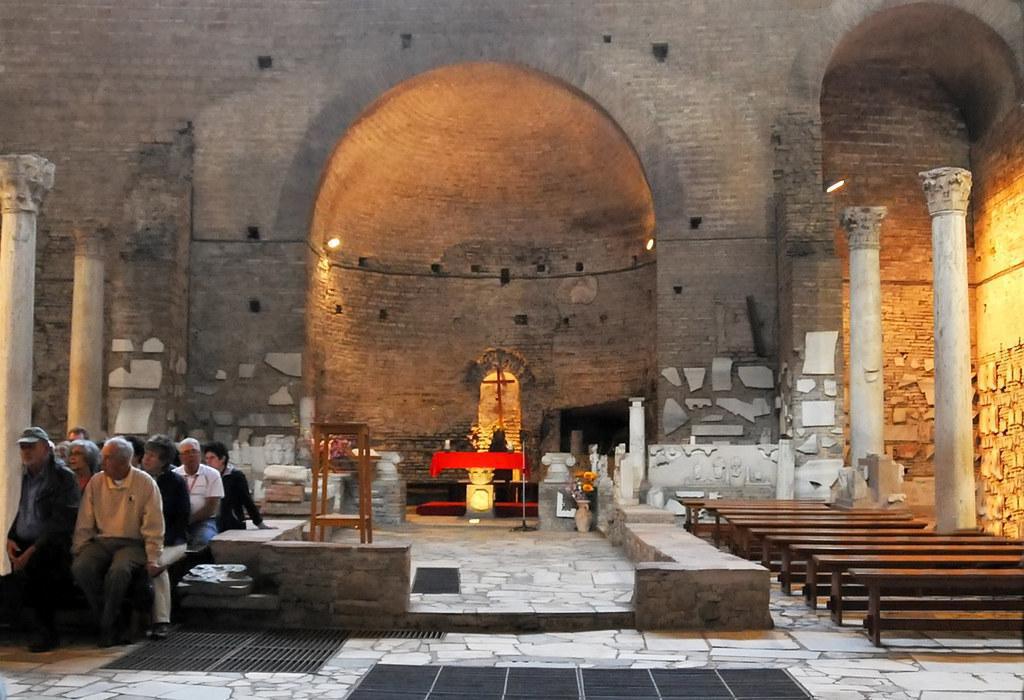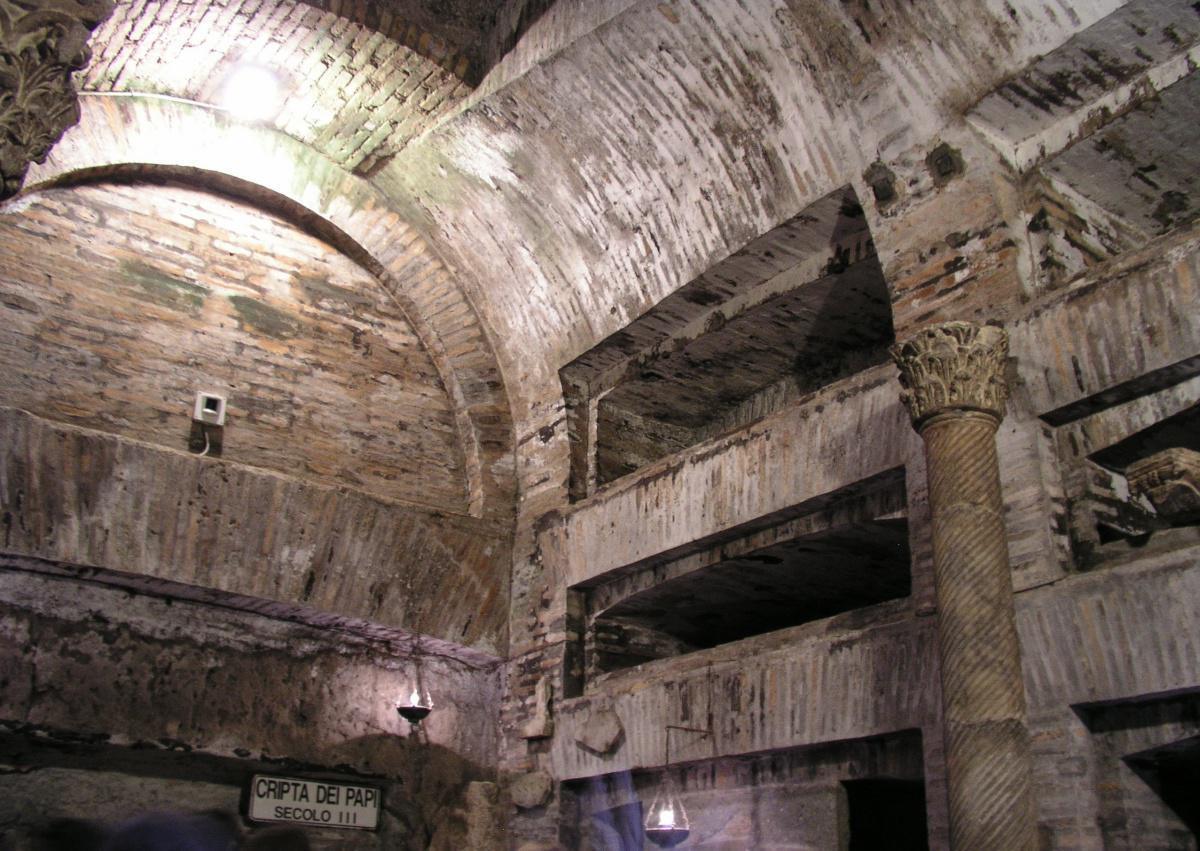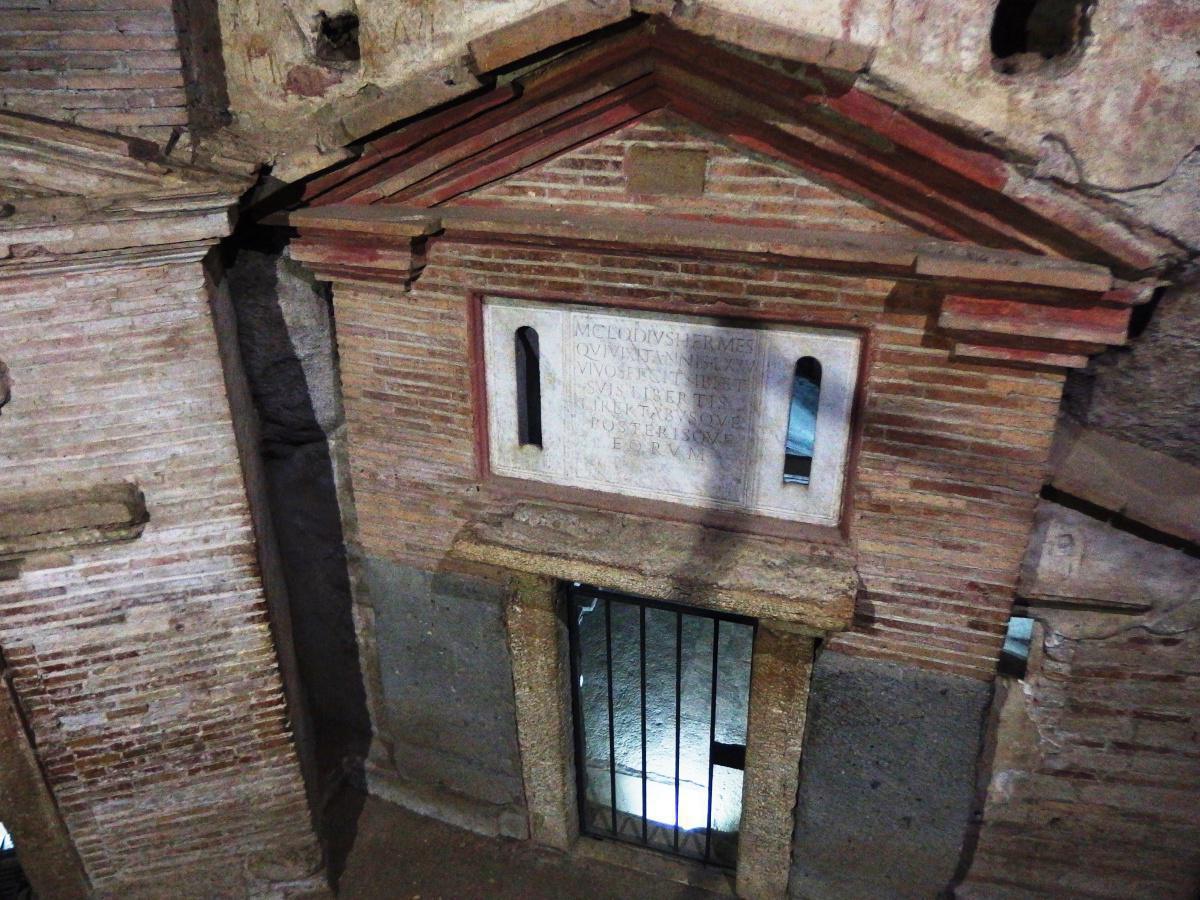Rome's Mysterious Undergrounds where Early Christians Lived and Buried their Dead
Open Map
The Catacombs are where early Christians used to bury their dead prior to the legalization of the Faith in 313 AD. The site featured in this video are the Domitilla Catacombs, but some others are also currently open to the public. In this video, Andreas Thonhauser offers insight into what you'll find while making a mysterious journey into the Roman and Christian underground.
Locations to Visit
Domitilla Catacombs
Rome’s Largest Catacomb—Where the First Christians Rest, A Testament to Martyrdom
The Domitilla Catacomb, one of Rome's oldest and largest underground cemeteries, dates back to 120 A.D. and belonged to Flavia Domitilla.
This site uniquely features an underground basilica dedicated to martyrs Nereo, Achilleo, and Saint Petronilla, St. Peter's daughter. The Divine Word Missionaries oversee this sacred site.
The catacomb, developed between the 2nd and 3rd centuries, houses frescoes depicting early Christian faith, including the rare beheading of Achilleus and the Epiphany. Located along the ancient Via Ardeatina, it remains a vital historical and religious landmark.
Catacombs of St. Callixtus
The Eternal Resting Place of St. Cecilia and the First Popes
Explore the Catacombs of St. Callixtus, Rome’s ancient 3rd-century Christian cemetery sprawling over 15 hectares underground. This vast network, known as the "Little Vatican," is the final resting place of sixteen popes, countless martyrs, and half a million early Christians.
Discover the hauntingly beautiful Crypt of St. Cecilia, famed for its frescoes and the saint’s preserved statue, and the Crypt of the Popes, where original Greek inscriptions mark the tombs of nine popes. Wander through monumental tunnels and ornate family tombs, revealing some of the earliest Christian art.
Catacombs of San Sebastiano
The Catacombs of St. Sebastian—Where Ancient Graffiti Tells the Story of Faithful Pilgrims
Saint Sebastian, who survived an initial execution attempt, was eventually killed by Emperor Diocletian and buried here. Highlights include the cubicle of Jonah with its 4th-century frescoes, the crypt of San Sebastiano, and three pagan mausoleums later used by Christians. The site also features graffiti from early pilgrims and a grand basilica built by Emperor Constantine.
Catacombs of St. Priscilla
From Martyrs to the Mother of God—Where the First Christians Honored the Mother of God
The Catacombs of Priscilla, founded by the noblewoman Priscilla, are one of Rome's oldest and most significant burial sites. Home to 40,000 burials in 13 kilometers of tunnels, they include martyrs Felix, Philip, and their mother St. Felicitas. Numerous popes rest here, earning it the title "Queen of the Catacombs."
Notable features include the earliest depiction of the Virgin Mary and the rich frescoes in the Greek Chapel. Rediscovered in the 16th century, this site continues to fascinate with its historical and artistic treasures.
Stay Connected:
Sign up and get weekly updates with new locations, itineraries and videos.






